Realistic Cockchafer Beetle Fly
Our Realistic Cockchafer Beetle Fly is a great replica of this terrestrial insect and a very effective fly pattern. The body size and shape ending in the characteristic cockchafer tail-end mimics the real-life bug. The wing-case design, its colors, decorations and details effectively imitate nature. Three pairs of soft, flexible legs as well as the tiny head with the pair of antennae have been added for extra authenticity. One pattern to always have in your flybox – it will not disappoint. A very effective cockchafer pattern, but also great when trying to imitate other similar looking beetle insects.
Our Realistic Cockchafer Beetle Fly comes in Green, Brown, Orange and Blue and hook size #8.
Cockchafer Beetle Fly Fishing
The cockchafer, also called Maybug comes from the beetle family, genus Melolontha, family Scarabaeidae. As with other beetles, cockchafer’s front pair of wings has been hardened into wing-cases. Their sizes go from 20 to 30 mm in length. The adult life of a cockchafer happens in spring, April to May and usually lasts 5-7 weeks. They bury their eggs deep into the soil. After 4-6 weeks the larva comes out, now known as chafer grubs. Grubs feed on pasture roots and spend the next three to five years living in the ground. After that long period they pupate and develop into an adult insect and come out of their earth hideouts.
Cockchafers emerge earliest in the late afternoon and most commonly in the early evening hours. They easily end up in the stream after short flights. At first, trout might ignore them until they realize how good of a meal they are. This is when the real fishing starts.
Fly Fishing Terrestrial Flies
Terrestrial insects are land-bred. Some of the species of terrestrials include: hoppers (grasshoppers), ants, beetles, bees, crickets, etc.
Terrestrials are one of the essential food sources for trout and other game fish during summer months. Hot summer months are when the aquatic insects become sparse, the trout is the most active and grows the fastest. This is when terrestrials become their most important food source as a rich source of protein. A terrestrial falling into the water is a great and nutritious meal for fish as these insects are usually bulkier and heavier than aquatic insects and they provide a large calorie intake when the trout need it most.
Terrestrial fly patterns are effective from May till October, and sometimes even into the November.
As terrestrials are most active and most likely to fall in the river during the day, the best time to fish these fly patterns is anytime from late morning all the way through the evening. Windy days are best as the wind ‘pushes’ them to the water. Optimal locations to present terrestrial patterns is along cut banks, grassy shorelines or under big trees – places where fish wait for them – easy meals just dropping in. As these insects will eventually be pulled further into the river – midstream can also be a good place to present your fly.
On smaller streams fish are depending mostly on terrestrials as their food source. Small waters don’t have the high-energy riffles where the aquatic insects spend much of their lifecycles. For fishing small streams – terrestrials are a must.
Being it mid-summer, early fall, or the midst of spring – fishing terrestrial fly patterns can provide top dry-fly action!

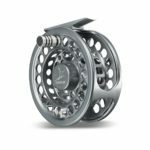
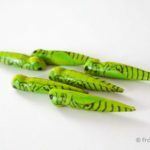
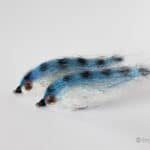
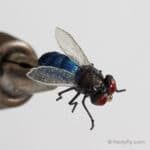
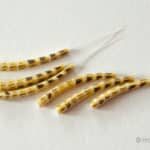
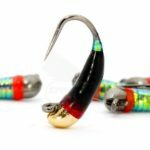
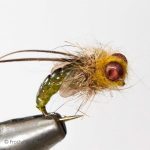
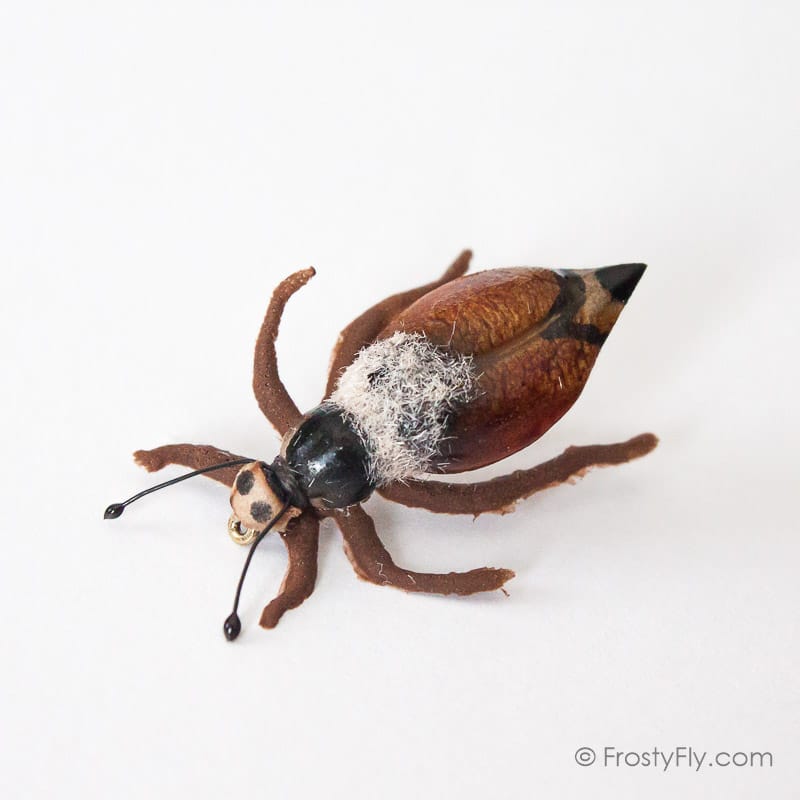
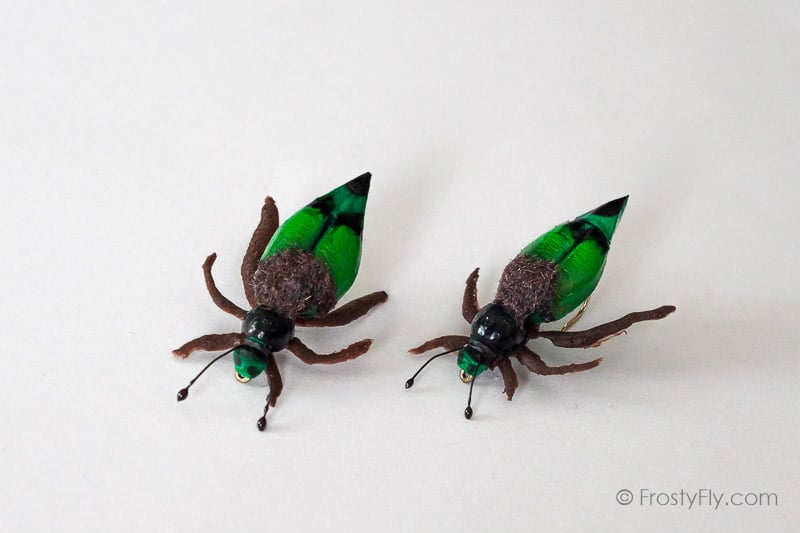
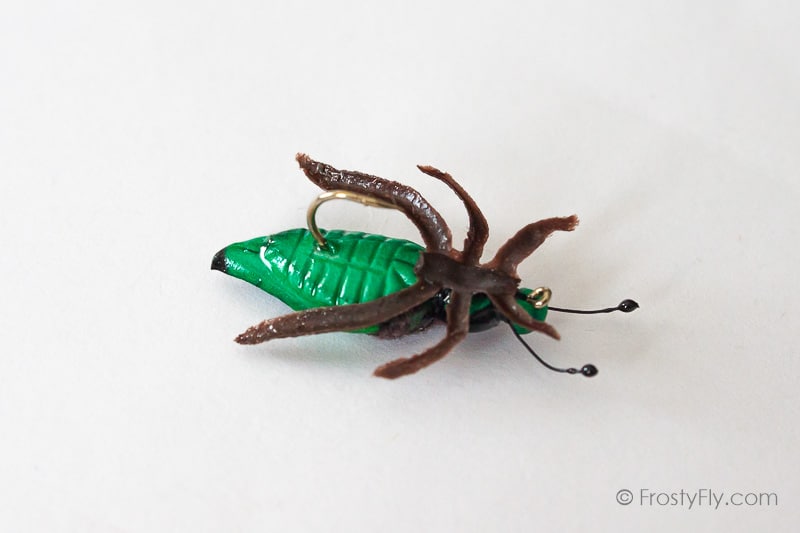
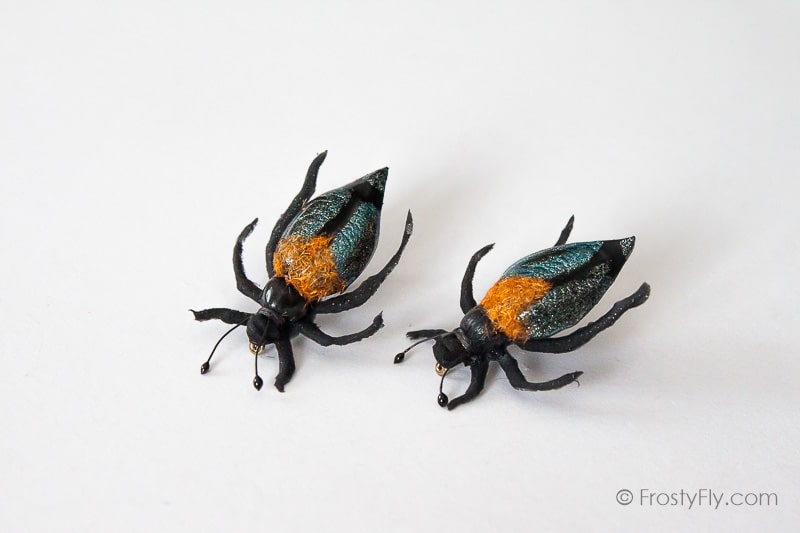
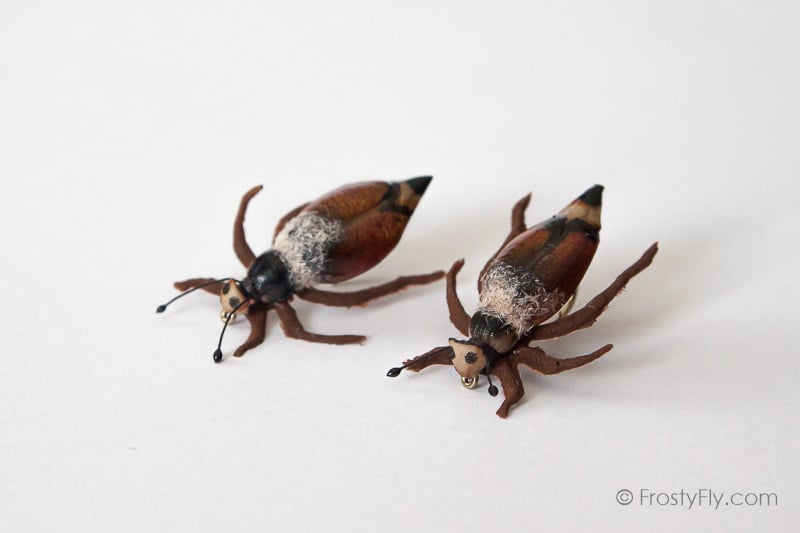
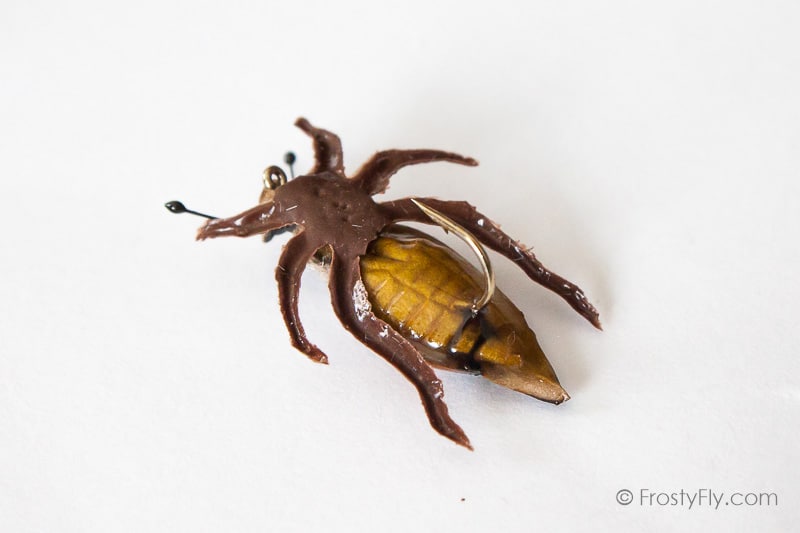

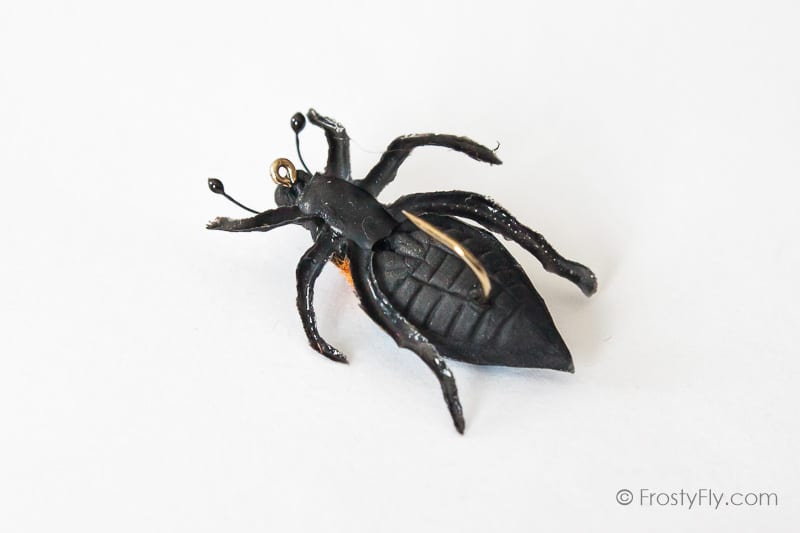
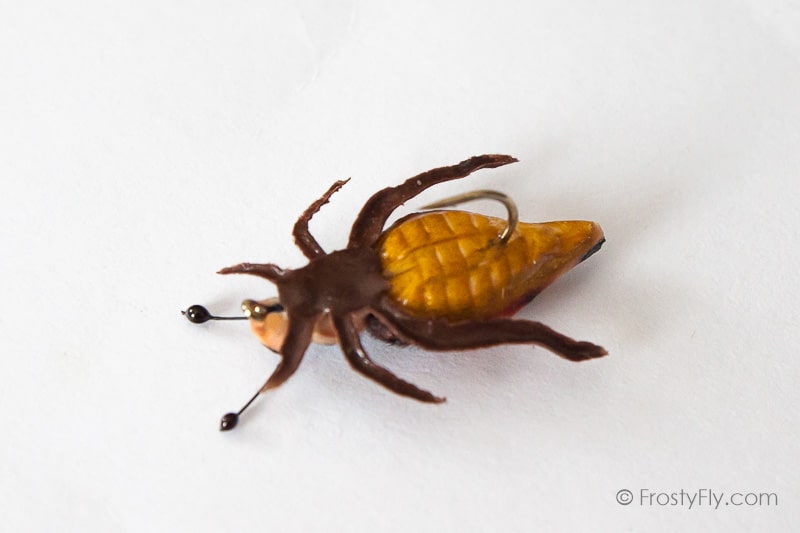
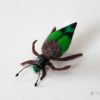
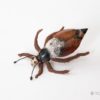
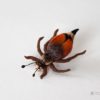
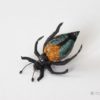
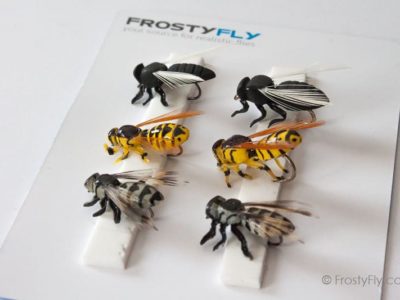
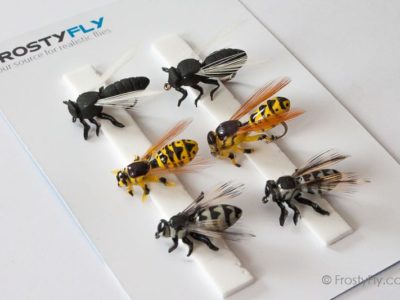
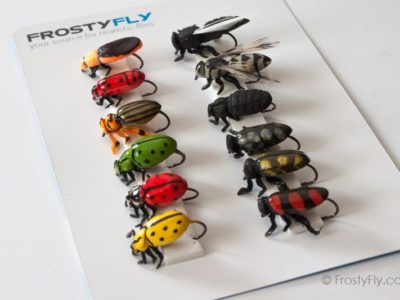
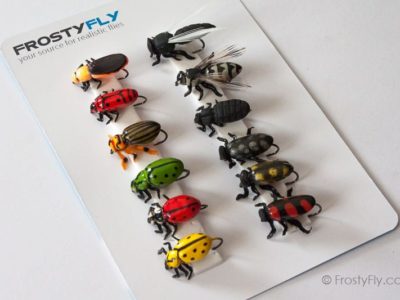
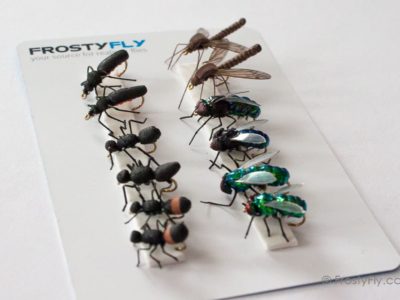
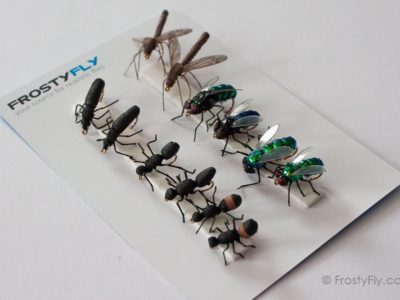
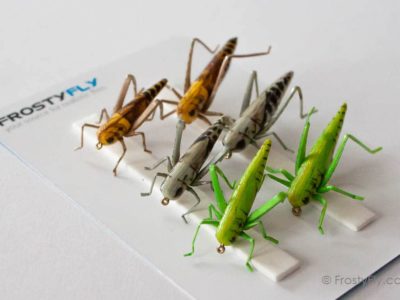
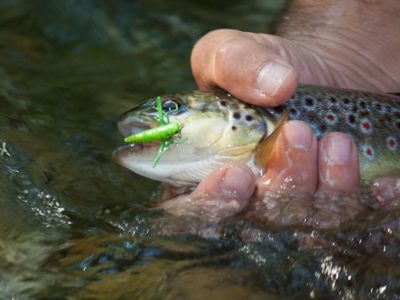
Reviews
There are no reviews yet.